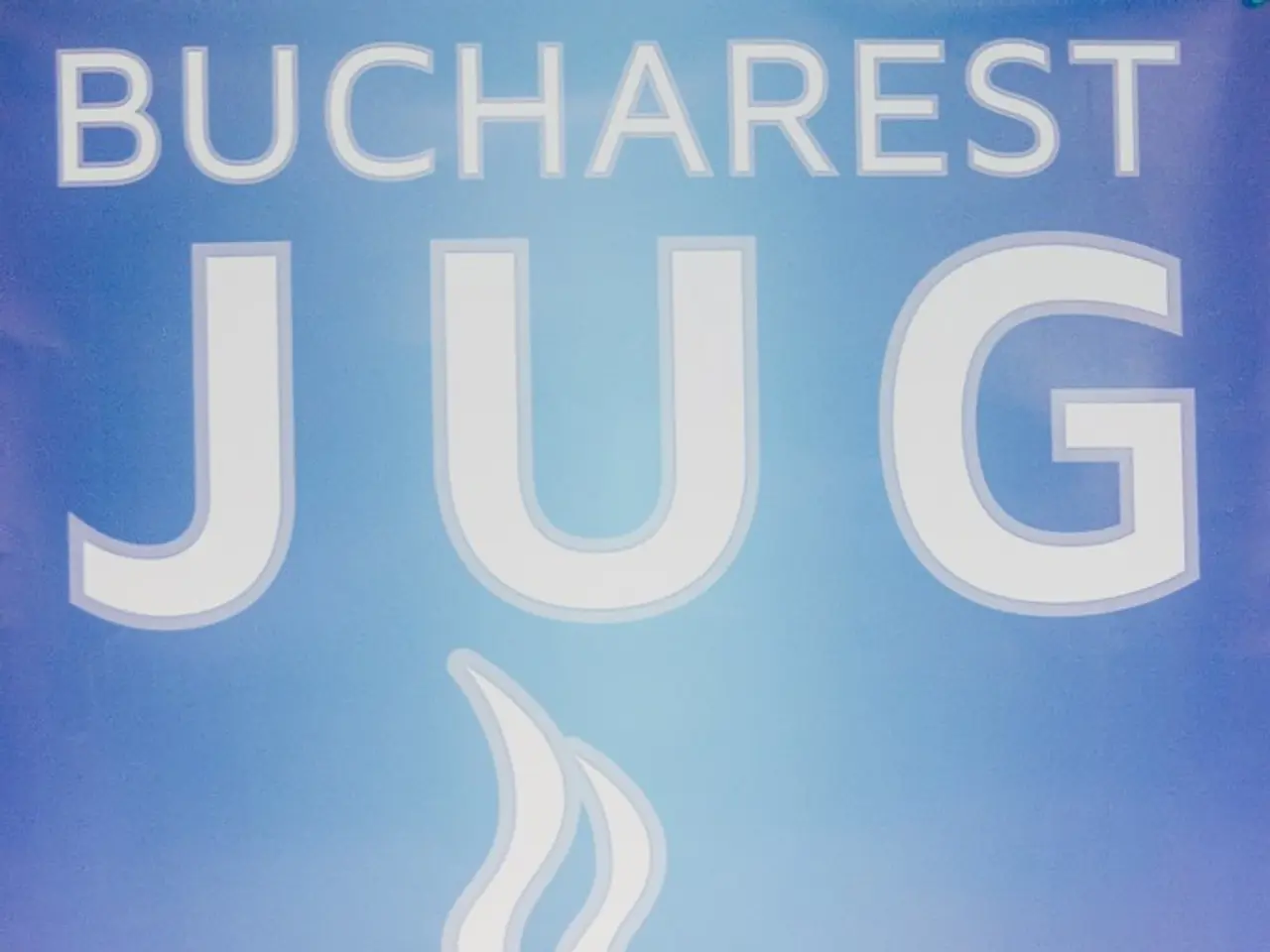Technical Outcomes and Dishonest Acts - Possibly Connected Yet Distinct Basis - The ECJ's Perspective
In a landmark ruling, the Court of Justice of the European Union (CJEU) has reaffirmed the distinction between absolute grounds for trade mark invalidity and bad faith, as outlined in Article 52(1)(b) of the EU Trade Mark Regulation. This decision is expected to have significant implications for future trade mark disputes, particularly in the ceramic industry where the colour pink is associated with medical prostheses made of technical ceramic materials.
The conflict between CeramTec and Coorstek began on December 13, 2013, when CeramTec accused Coorstek of infringement and parasitic competition. The dispute revolves around three trade marks owned by CeramTec, including a colour trade mark (EUTM no. 010214195), a figurative trade mark (EUTM no. 010214112), and a 3D shape mark (EUTM no. 010214179), all claiming the colour Pantone 677C. Coorstek subsequently filed a counterclaim for the invalidity of these trade marks.
The ECJ's ruling sided with Coorstek, stating that Articles 52(1)(a) and 52(1)(b) are autonomous but not mutually exclusive. The decision emphasised that a trade mark can be declared invalid if it was registered either in breach of absolute grounds (Article 7) or if the registration was done in bad faith (Article 52(1)(b)).
The bad faith ground relates to the improper intention or conduct of the applicant when filing the trade mark, such as filing a mark to prevent others from using it or exploiting another’s reputation, regardless of the mark’s intrinsic registrability under Article 7. In this case, CeramTec is accused of filing the applications in bad faith, intending to extend its monopoly to prevent competitors from using chromium oxide in their ceramic materials.
The Court of Appeal, Paris, France, cancelled these trade marks on the grounds of bad faith. However, the ECJ's ruling may have implications for the TETRA BRIK shape mark case, where the Board of Appeal found that it was not necessary to consider the trade mark applicant's state of mind when it filed the trade mark application. The General Court is expected to take another look at the "bad faith" claim in the TETRA BRIK case, although success is not guaranteed.
This legal framework ensures that trade marks are not only substantively valid but also registered in good faith, maintaining fairness in the EU market. The relationship between the grounds for absolute invalidity under Article 7 and Article 52(1)(a) and bad faith under Article 52(1)(b) of the EU Trade Mark Regulation is a crucial aspect of this framework. The distinction is important in enforcement and invalidity proceedings because establishing bad faith requires proof of improper intention beyond the technical or substantive requirements of the mark itself under Article 7.
In summary, the ECJ's ruling in CeramTec v. Coorstek reiterates that bad faith serves as a distinct invalidity basis that focuses on the applicant’s conduct rather than on the mark's inherent characteristics under Article 7. This decision is expected to have far-reaching implications for trade mark disputes in the EU, particularly in industries where specific colours or characteristics are associated with particular products.
In light of the ruling, it is important to note that the bad faith claim in the TETRA BRIK case might be re-evaluated, considering the improper intention of the applicant when filing the trade mark, as emphasized in the CeramTec vs. Coorstek case. The future of trade mark disputes in the EU, especially in industries where specific colors or characteristics are linked to particular products, may be significantly impacted by this focus on bad faith and the applicant's conduct, rather than the mark's inherent characteristics.
Moreover, theMedia and technology sectors may also experience shifts as a result of this development, as trade mark validity and disputes increasingly revolve around issues of bad faith and the applicant’s intentions in filing the trade mark, rather than solely on the mark's intrinsic registrability or theabsolutegrounds for trade mark invalidity as outlined in Article 7 of the EU Trade Mark Regulation.




